Team-BHP
(
https://www.team-bhp.com/forum/)
- -
The DSLR Thread
(
https://www.team-bhp.com/forum/gadgets-computers-software/11582-dslr-thread-676.html)
Quote:
Originally Posted by clevermax
(Post 2843276)
The blindness is there in my camera also - because it has a mechanical shutter, the first curtain closes the 'always exposed' sensor to prepare for exposure and then exposure happens based on the set shutter speed with the second curtain and then sensor is again left open or exposed. There is a moment of blindness during the shutter action, which is less than a DSLR.
In DSLRs, the moment of blindness starts when mirror flips up, and then shutter actuates, and the mirror flips down, restoring the vision in the OVF.
A77 doesn't have a mechanical shutter so there may not be a moment of blindness at all, in that camera.
Here is a low light shot off my A35
500px.com/photo/9308423
|
The shutter should not cause the EVF to go blind right (or does it).
Quote:
Originally Posted by zoombiee
(Post 2843300)
The shutter should not cause the EVF to go blind right (or does it).
|
It will cause, because the EVF is showing what is seen by the sensor. There is no secondary sensor or anything which is providing data to the EVF.
The EVF does not show anything throughout the exposure.
Quote:
Originally Posted by clevermax
(Post 2843139)
Emerging trends indicate that EVF is going to be the way, no matter full frame or DX. All I am saying is, flipping mirror is on its way out. That's defenite. EVF is going to improve and get rid of its limitations as it has today. There will be innovations in this area surely and future cameras will have EVFs which will make people realize how much they were missing out on OVF. DX or FX doesn't matter.
This is not going to happen immediately but will eventually happen, as the business intelligence say. We can mark this post and come back after several years. :)
|
+1
The reflex mirror is clumsy legacy of the 20th century and EVs are the future. Given the reflex assembly for an OV has many delicate parts, an EV is far more robust. No moving parts means no wear and tear & no lubrication at the factory. An EV is also, from my rather simplistic POV, easier to assemble at the factory and to maintain for the end user. Easier assembly saves time and that means money. Something that will obviously be known at the Canikon combine.
All that said, with the way things are with EVs today, there's no way an EV can replace the OV at least in the high end and pro range cameras. EVs have a long way to go. I wish I can get my hands on an EVIL with a good EV. An Oly OM-D is something I had on my mind, hoping to get a demo someday.
I would like to see a FX camera with an EV that can measure up to an OV in nearly nearly all (if not all) ways. It should be more compact and lighter.
Quote:
Originally Posted by R2D2
(Post 2843422)
The reflex mirror is clumsy legacy of the 20th century and EVs are the future.
|
Though EVFs today still can't match the joy of looking through a reflex mirror.
Hope there would be a 'retina' EVF someday!!
Quote:
Originally Posted by nileshch
Though EVFs today still can't match the joy of looking through a reflex mirror.
|
Absolutely, as of now the OV is best. A peek thru a bright OV with >95% coverage is unmatched for composing and with the right screen, even focusing. But that will change in the years to come.
QUOTE="nileshch"] Hope there would be a 'retina' EVF someday!![/quote]
Yeah! Think of an Apple DSLR! :-) But seriously hi resolution EVs are already here if I am not wrong.
Do not know about the other Sony SLT's but the A77 EVF is worth a try if you come across one, just for the sake of trying if nothing else.
Check out the Focus Peeking feature, very useful and a joy to focus manually with the magnification facility when need be, I can forget about the focusing screens altogether now.
For a sample, as far as I can think of, this photo would have been kind of difficult with my OVF cameras, taken outside on a windy night, flash off camera.
Cheers!
To add on hindsight, the focus peeking is such good that I shot an entire Bharatnatyam recital in manual focus recently, with a fast telephoto prime I must admit of course.
Quote:
Originally Posted by R2D2
(Post 2843626)
Absolutely, as of now the OV is best. A peek thru a bright OV with >95% coverage is unmatched for composing and with the right screen, even focusing. But that will change in the years to come.
|
Very true... Those big & bright OVFs of high ends are a pleasure to shoot with.
Quote:
Originally Posted by aburagohain
(Post 2844219)
Do not know about the other Sony SLT's but the A77 EVF is worth a try if you come across one, just for the sake of trying if nothing else.
Check out the Focus Peeking feature, very useful and a joy to focus manually with the magnification facility when need be, I can forget about the focusing screens altogether now.
For a sample, as far as I can think of, this photo would have been kind of difficult with my OVF cameras, taken outside on a windy night, flash off camera.
Cheers!
To add on hindsight, the focus peeking is such good that I shot an entire Bharatnatyam recital in manual focus recently, with a fast telephoto prime I must admit of course.
|
Absolutely. That's a nice shot. The focus zoom feature is there in all SLTs, and it is such a useful one. I have started using MF more and more, with this camera than with the previous DSLR. One shot I made with MF, using focus peeking (2x) to ensure precise focus on the wanted plane:
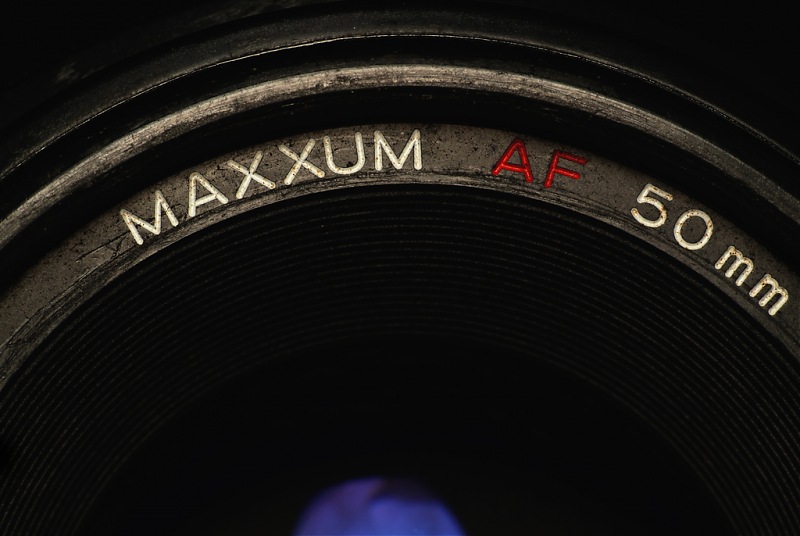
Do you know that you can remove the translucent mirror to turn the camera into an expensive manual focus camera without the light loss of the mirror! Will share the steps with pictures on mirror removal and reassembly.
Good one Clever, nice to see that.
Do share when you get time, I probably would not mind going all the way manual judging by the recent usage pattern. The T mirror probably helps to keep the dust from reaching the sensor.
Good day!
Quote:
Originally Posted by aburagohain
(Post 2844445)
Do share when you get time, I probably would not mind going all the way manual judging by the recent usage pattern. The T mirror probably helps to keep the dust from reaching the sensor.
Good day!
|
I took some pictures of the translucent mirror with my camera itself (Was interesting - a camera photographing its own vital part removed!) to give everyone an idea how transparent is the T-mirror. Pictures below.
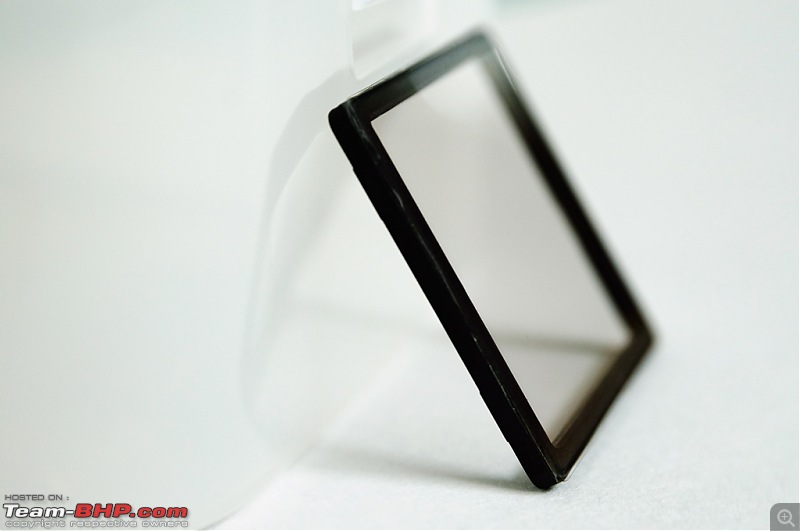
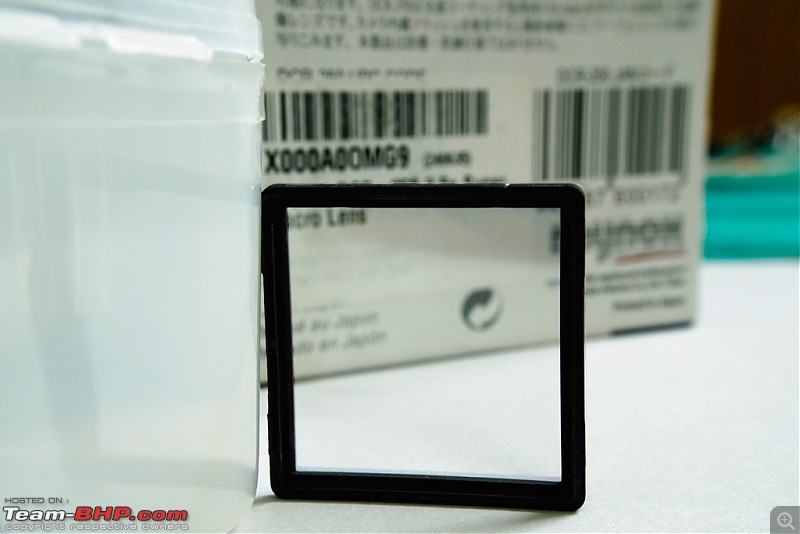
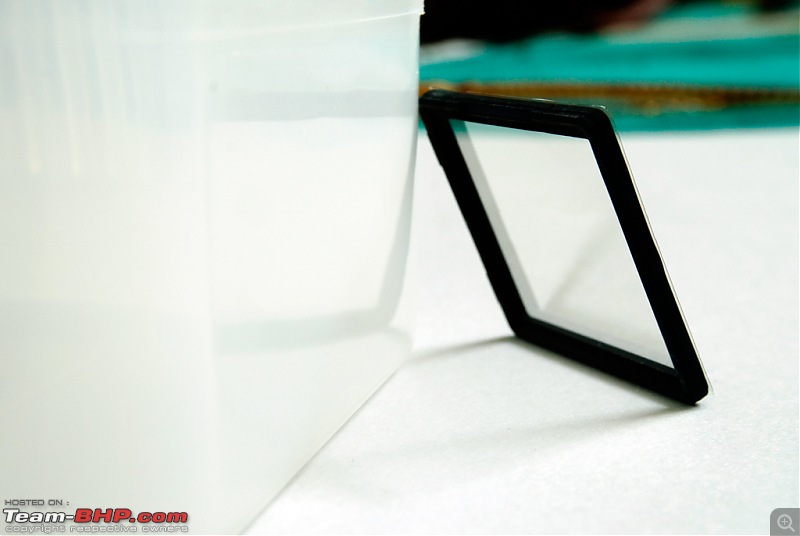
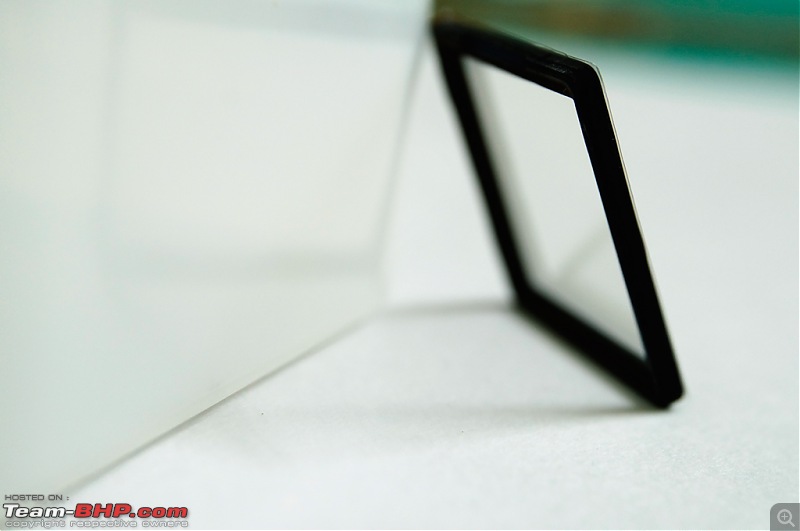
It is not as opaque as a sun film on a car window glass as most people think it is. It actually looks very close to being transparent! ISO1600 pictures in tube light, excuse the quality loss.
I was planning to photograph the mirror removal procedure with my phone camera, but I could find better pictures of the procedure on
dpreview. You can refer to that.. it is very easy, only thing to be careful is to NOT to touch the mirror surface.
Quote:
Originally Posted by clevermax
(Post 2845482)
I took some pictures of the translucent mirror with my camera itself (Was interesting - a camera photographing its own vital part removed!) to give everyone an idea how transparent is the T-mirror. it is very easy, only thing to be careful is to NOT to touch the mirror surface.
|
This is quite a revelation and an interesting post CM - thanks! :thumbs up
I read somewhere that the SLT mirror has a loss of upto 1/3rd (~30%?) of a stop in light transmission and it does seem like that.
Very slight indeed, but I am not sure if that is acceptable or not whilst composing. Never used a SLT before. But I was quite amused to see a youtube video where an owner replaces a SLT mirror and some people even adjusting focus calibration. Try this with a DSLR mirror. It would be a mess and a trip to the next ASC would be mandatory. :D
Quote:
Originally Posted by R2D2
(Post 2845706)
I read somewhere that the SLT mirror has a loss of upto 1/3rd (~30%?) of a stop in light transmission and it does seem like that.
|
Unless I am getting my calculation wrong, 1/3 stop loss of light is 12.25%, not 30%.
Quote:
Originally Posted by R2D2
(Post 2845706)
But I was quite amused to see a youtube video where an owner replaces a SLT mirror and some people even adjusting focus calibration. Try this with a DSLR mirror. It would be a mess and a trip to the next ASC would be mandatory. :D
|
Just need to be a little careful/gradual in the adjustment process and remember the old settings :), I have calibrated my earlier SLRs for proper focus with my set of lenses at home, first time was the risk but now it is a simple process.
Excellent post Clever, thanks and the camera documenting its own surgery part was sure interesting!
Quote:
Originally Posted by Samurai
(Post 2845781)
Unless I am getting my calculation wrong, 1/3 stop loss of light is 12.25%, not 30%.
|
Was not sure myself - hence the '?' affixed. Assuming full transmission is 1 and 1/3rd of a stop is 1/3rd of the way to 0.5 (half the amount of light @ the next notional stop going down) would that be about 16.66% loss?
Folks,
Need your opinion. I'm planning to buy a Canon EF 40mm f/2.8 STM Lens to go with my Canon 60d. This is primarily for my indoor usage to take candid shots/videos of my 7months old daughter in low light.
Will it serve the purpose. Does it have the manual override feature in auto focus. Let me know if there are any other limitations that I should be aware of this lens.
I see that Flipkart is out of stock for this lens. Any other reputed sellers in Bangalore?
Quote:
Originally Posted by R2D2
(Post 2845706)
This is quite a revelation and an interesting post CM - thanks! :thumbs up
I read somewhere that the SLT mirror has a loss of upto 1/3rd (~30%?) of a stop in light transmission and it does seem like that.
|
Quote:
Originally Posted by Samurai
(Post 2845781)
Unless I am getting my calculation wrong, 1/3 stop loss of light is 12.25%, not 30%.
|
The T-mirror approximately reduces 1/3rd of a stop. Doubling the intensity of the light in the scene requires moving to the next f-stop and reduction in light intensity by half requires to move to the previous f-stop. The light intensity and the f-stop doesn't have a linear relation but the squares of f-stops and light intensity have a linear relation.
My mind tells that the reduction in light is (Half * (1/3)) = 16% loss? But since the curve is not linear, I am not sure whether this calculation will hold true. It may be less than 16% if it is not linear.
| All times are GMT +5.5. The time now is 18:32. | |






